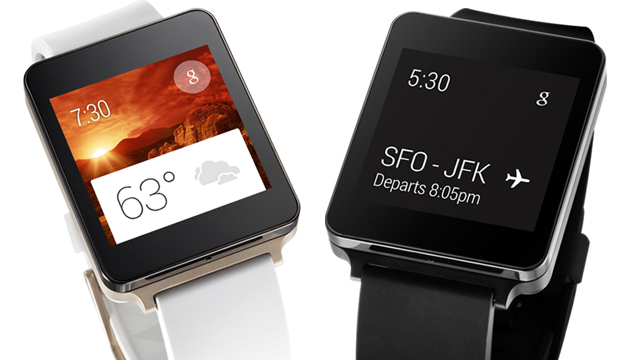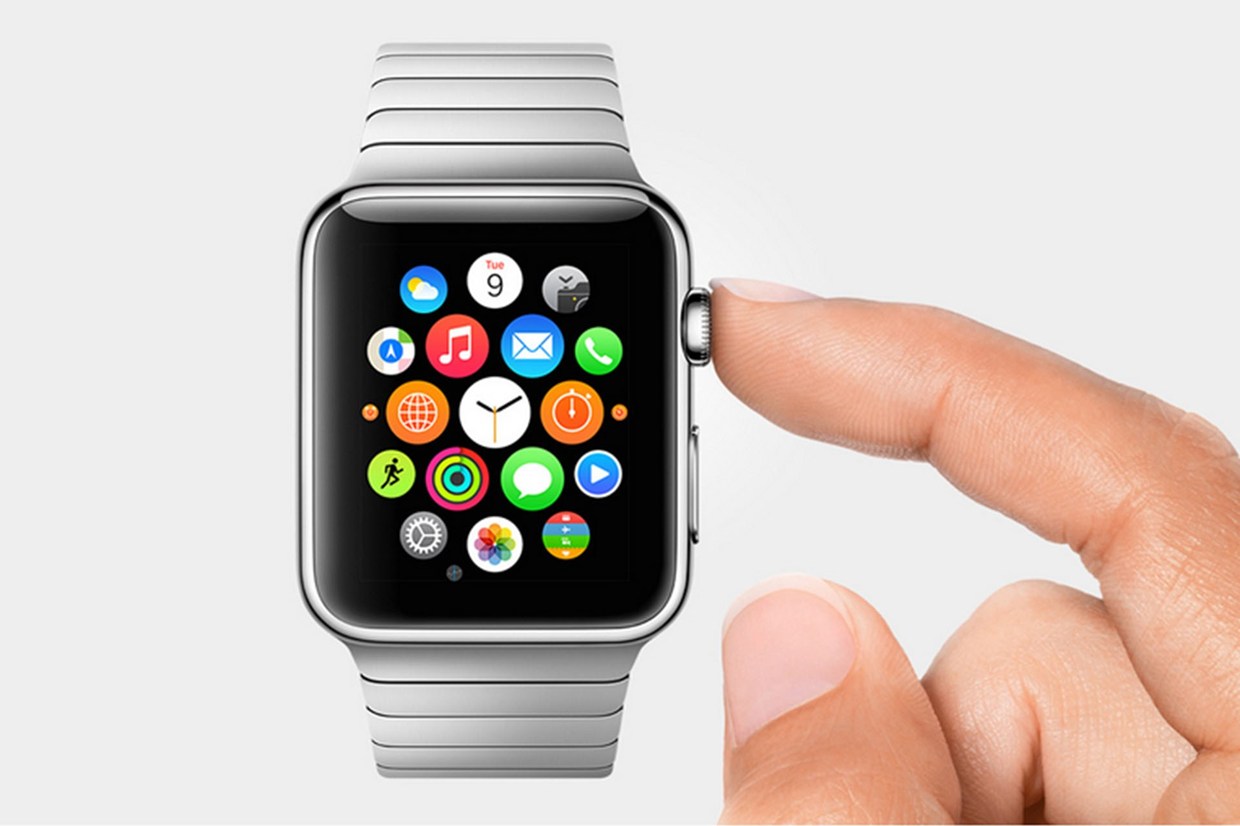Smartwatches are one of the latest developments in the world of interesting tech gadgets. Watches with functionalities beyond just clocks and stopwatches are nothing new, but over the last couple of years, new innovations in mobile technology have allowed for companies like Apple and Google to create app-based interfaces for smartwatches that can display weather and news feeds, allow for messaging, sync with home security systems and smartphones, and other functions that would have been unthinkable ten years ago.
Despite the range of functions present in modern smartwatches like the Apple Watch, the smartwatch market has been decidedly uncertain. They’re interesting gadgets, but their small size means they have decidedly limited functionality. Most people carry their smartphones everywhere with them in their purses or pockets, and are more likely to check the time on their phone than to wear a wristwatch. Smartwatches are also rather pricey. The Apple Watch starts at $349, which is arguably quite a bit to spend on a watch. For that much, you could get a nice tablet, or a fashionable traditional watch. Fashion concerns are another issue with smartwatches, especially for women. The Apple Watch isn’t exactly elegant, depending on what outfit it’s worn with. There’s some variety available among phone watches from various manufacturers like Samsung and LG, which use Google’s Android Wear operating system, but they’re still decidedly stylistically limited, as well as being comparatively large in size.

Although smartwatches were initially hailed by many sources as “the next big thing,” they’ve been slow to take off. Their size, aesthetic fashion limitations, and arguable redundancy in a world of ubiquitous smartphones, have all contributed to a decidedly lackluster market for these devices.
How Can Smartwatches Be Marketed Effectively?
- With a lack of demand, marketing a smartwatch can certainly be a challenging endeavor. Recently, technology analysis firm CCS Insight conducted some in-depth research to assess the current state of consumer demand for smartwatches. Some of their findings included:
- Consumer awareness of smartwatches is high. Few consumers have bought or used a smartwatch, but most people are away that these devices exist, and have some idea of their general functionality.
- Consumers don’t see much benefit in smartwatches. They seem to ask: “what’s the point?” The prevailing consumer view of smartwatches seems to be that they’re an expensive and rather superfluous device. Prices are a major concern, since to many people, the functions of a smartwatch don’t seem worth the price tag.
- Those who are interested in smartwatches are into technology. 50% of respondents who were planning to get a smartwatch said it was because they were interested in technology. 49% reported that some of the functions appeal to them.
So where is the market for smartwatches? It would appear, in general, that the average person simply doesn’t feel the need to buy one. They see few features that their smartphone can’t do better, and the visual appearance of the devices may be a turnoff for style-conscious consumers. It looks like the market is largely among people who have a keen interest in technology to begin with, and an appreciation of the technological advancements and innovations that have made such sophisticated smartwatches possible. It might make sense, in this light, to target smartwatches more toward technology enthusiasts, rather than general consumers.


